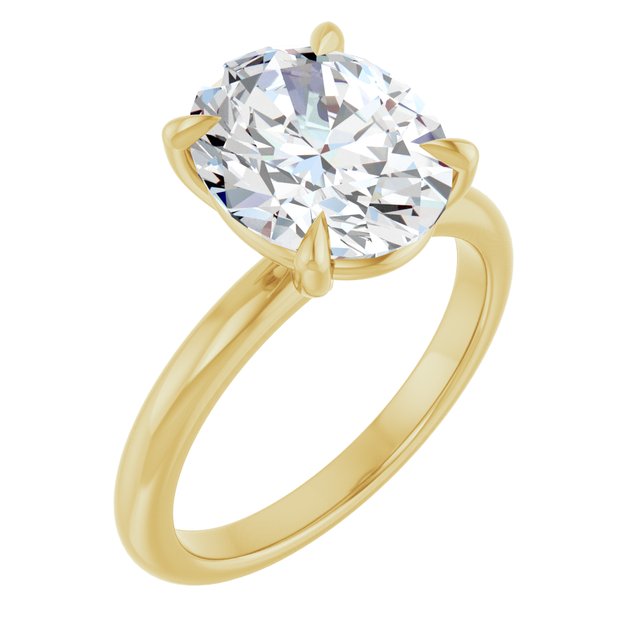Gold jewelry is a symbol of luxury, beauty, and timeless value—but not all that glitters is solid gold. In today’s market, fake and gold-plated jewelry is more common than ever, often passed off as the real deal. Whether you’re shopping online or in-store, knowing how to spot real gold can protect you from scams and ensure you’re getting your money’s worth.
In this guide, we’ll help you distinguish between real and plated gold so you can shop smarter and safer.
1. Understand Gold Markings
The easiest way to tell if gold is real is by checking for a hallmark. Real gold jewelry is typically stamped with a purity mark, which tells you how much pure gold is in the piece.
Here are the most common stamps and what they mean:
- 24K – Pure gold (99.9%)
- 18K – 75% gold
- 14K – 58.5% gold
- 10K – 41.7% gold
If a piece is stamped GP (Gold-Plated), GF (Gold-Filled), or GEP (Gold Electroplated), it’s not solid gold. These markings indicate the piece is only coated with a thin layer of gold over a base metal like brass or copper.
2. Do the Magnet Test
Gold is not magnetic, so if a piece of jewelry is attracted to a magnet, it likely contains base metals. While this test won’t detect gold-plated items (since the outer layer may still be real gold), it can quickly help eliminate obvious fakes.
Use a strong magnet, and if the jewelry sticks or pulls, it’s not pure gold.
3. Check the Weight and Feel
Gold is a dense, heavy metal. Real gold jewelry will often feel heavier than fake or plated alternatives. If a chain or ring feels unusually light for its size, it may not be genuine.
Hold the piece in your hand and compare it to a similar-sized item you know is real. With practice, this becomes a reliable trick.
4. Look at the Color and Wear
Plated gold tends to fade over time, revealing the metal underneath. Inspect your jewelry closely:
- Is the color inconsistent?
- Are there spots where another metal is peeking through?
- Does the gold look dull or overly yellow?
Real gold maintains its color and luster much longer than plated versions, which often discolor or tarnish after a short period.
5. Acid Test (For Professionals or At-Home Kits)
The acid test is one of the most accurate ways to test for gold purity. It involves applying nitric acid to a small scratch on the item to observe the reaction. Different acid strengths are used depending on the karat level.
You can purchase gold testing kits online, but this method is best done by a jeweler unless you're confident in your skills. Always follow safety instructions when using chemicals.
6. Ask for Documentation
When buying gold jewelry—especially high-value pieces—always ask for authentication or a certificate of purity. Reputable jewelers will provide this, and it’s one of the best ways to ensure your purchase is genuine.
Also, always keep receipts and paperwork for your records and future resale value.
7. Buy From Trusted Sellers
The most effective way to avoid fake gold jewelry is to purchase from trusted, well-reviewed sellers or established jewelers. Be wary of deals that seem “too good to be true” on unknown sites or marketplaces.
Buying secondhand? Request third-party authentication before committing to a purchase.
Final Thoughts
Spotting real gold requires a mix of knowledge, observation, and caution. With the right tools and tips, you can shop with confidence and protect yourself from plated jewelry scams.
Want to be sure you’re investing in genuine gold? Browse our curated gold collection—every piece is tested, certified, and crafted to shine for years to come.


